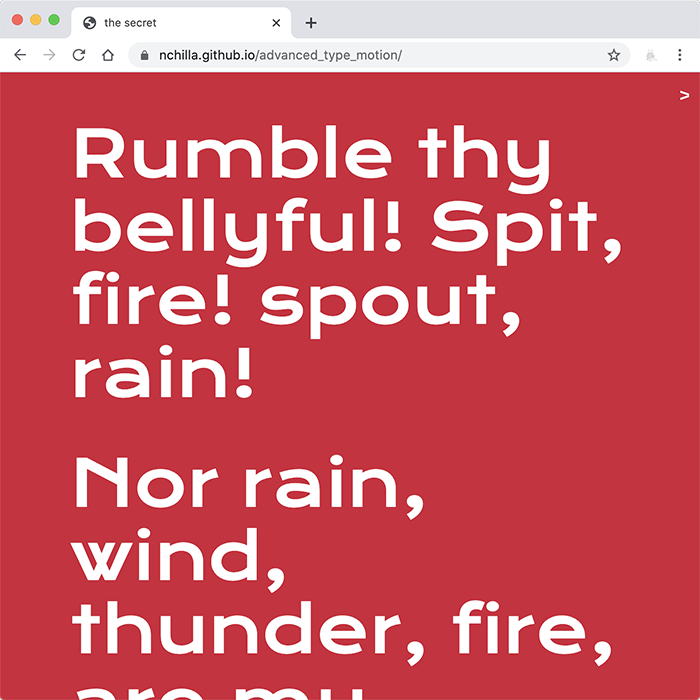New School Free Press Magazine

November 2019, Pages 1-2
From 2019-2020 I oversaw design and production for the print edition of my school newspaper, leading its transition to a magazine format. 1000 copies of each issue are distributed on newsstands around campus for our student audience. In each of the three issues I directed, I tried to build off the format, organization, and typography of the last, working with writers and editors and getting feedback from my mentors.

March 2020 — The Transcript
A big emphasis in the March 2020 issue was learning how to respect and use negative space more skillfully, prompting a change in our column and pull-quote structure. Structurally. we also introduced a ‘front-of-book’ section, home to shorter stories that have recurring formats.

March 2020 — plastic bag feature

November issue
In November we had many strong feature pieces and investigative work on issues in our community, so it was a particularly fun magazine to work on. In each issue I also worked with a fantastic graphics staff, with illustrations both done in-house and outsourced from students in the community.

November 2019, Pages 3-4

November 2019, Pages 5-6

November 2019, Pages 15-16

October and November Issues
October was the first issue of print that I directed, and the biggest change I made was transitioning the publication from a newspaper to a magazine. I explained the decision in an editor’s note: “the version of print that will best serve our school has to be one with different objectives: spotlighting members of the community, sparking conversation on complex issues, and encouraging a deeper, more thoughtful reading experience.”

October 2019, Pages 1-2

October 2019, Pages 3-4

October 2019, Pages 9-10

October 2019, Pages 13-14

